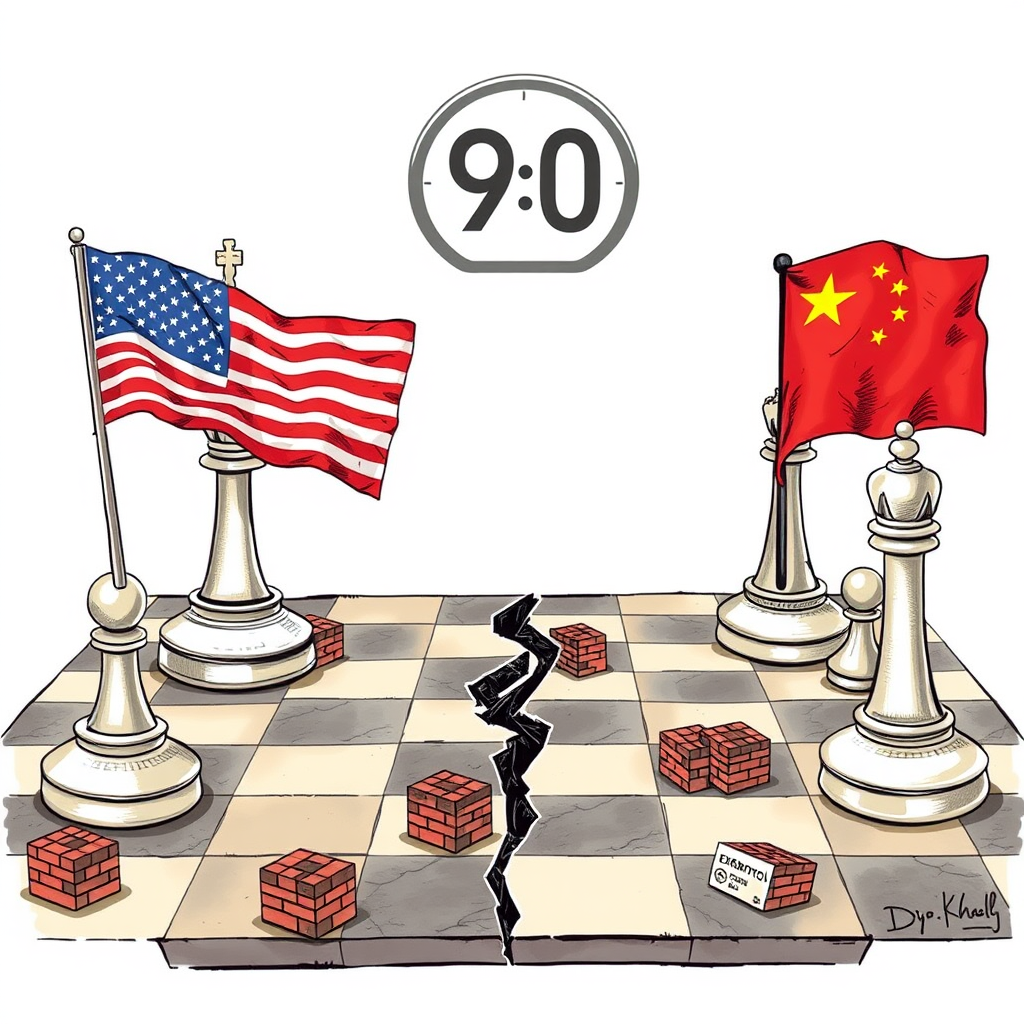Trump’s Trade War Reality Check Needed Now

President Donald Trump’s ongoing trade disputes with China remain a significant point of contention, marked by legal challenges, accusations, and a stalled negotiation process. Recent weeks have seen a flurry of activity – a federal court initially ruling Trump’s broad tariffs illegal, followed by a temporary stay of that ruling, and renewed accusations from Trump regarding China’s adherence to a preliminary trade agreement. This cycle underscores a critical need for a more defined and realistic trade strategy from the White House.
For Trump, trade isn’t simply an economic issue; it’s a measure of American strength on the global stage, seemingly taking precedence even over geopolitical concerns like those surrounding Taiwan and the South China Sea. His initial trade war, launched during his first term, aimed to address what he characterized as unfair Chinese trade practices. The resulting “Phase One” deal, promising increased Chinese purchases of American goods and structural reforms, ultimately fell short of expectations, with China failing to meet its commitments. Trump attributes this failure to a lack of enforcement by the Biden administration.
Undeterred, Trump initiated a second trade offensive upon returning to office, surrounding himself with advisors who favored aggressive tactics to force China into negotiations. This approach rested on the belief that the Chinese economy was vulnerable and would buckle under pressure. However, that gamble backfired. China retaliated with its own tariffs and, crucially, implemented export controls on vital minerals and magnets essential to U.S. industries. Beijing simultaneously worked to strengthen its own economy and expand trade relationships with other nations.
The resulting economic strain on both sides led to a 90-day truce negotiated by Treasury Secretary Scott Bessent. While the conflict is paused, it is far from resolved. Trump consistently returns to the issue of the U.S.-China trade imbalance, seeking a deal he can present as a victory to the American public.
However, recent interactions with Chinese officials and experts suggest Beijing now believes it is better positioned to withstand economic hardship than the U.S. Chinese leadership lacks confidence that any agreement with Trump will be lasting, and remains unclear on his specific objectives and potential concessions. Secretary Bessent acknowledged stalled talks, suggesting a direct conversation between Trump and Xi Jinping.
The Trump administration’s grievances regarding China’s economic practices – market access barriers, forced technology transfers, and state subsidies – are legitimate. But grievance alone is not a strategy. The 90-day truce provides an opportunity for the administration to reassess its approach. It requires abandoning the assumption that China will simply yield to pressure and instead focusing on clearly defining achievable goals and acceptable compromises.
Ultimately, effective trade policy should prioritize strengthening America’s economic standing, security, and prosperity. If Trump genuinely seeks success, he must move beyond symbolic gestures and prepare for the complex, painstaking process of negotiating with China. The current trajectory suggests a continued stalemate unless a fundamental shift in strategy occurs. A more pragmatic and clearly defined approach is essential to avoid prolonged economic damage and unlock the potential for a mutually beneficial relationship.